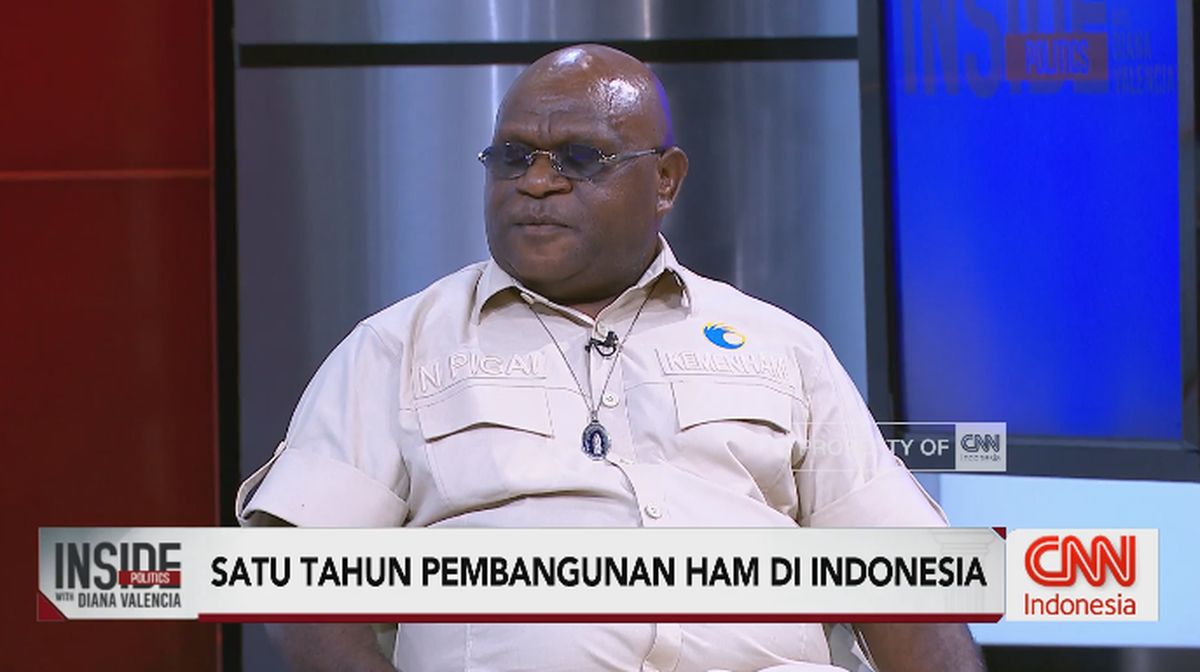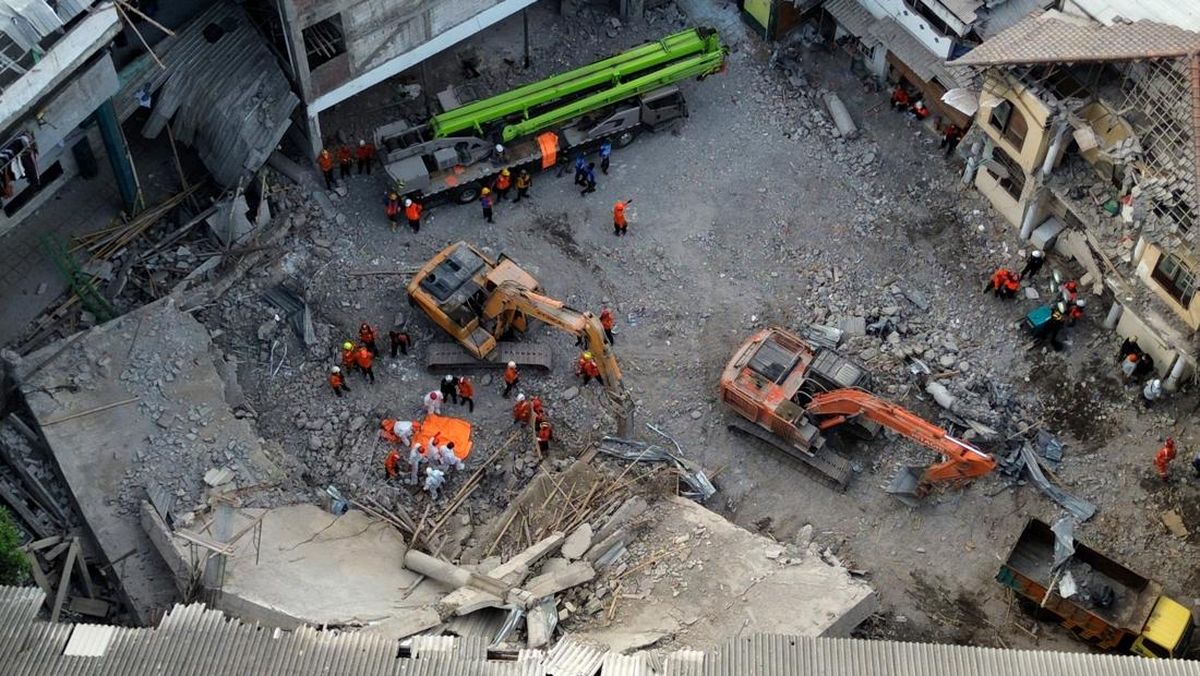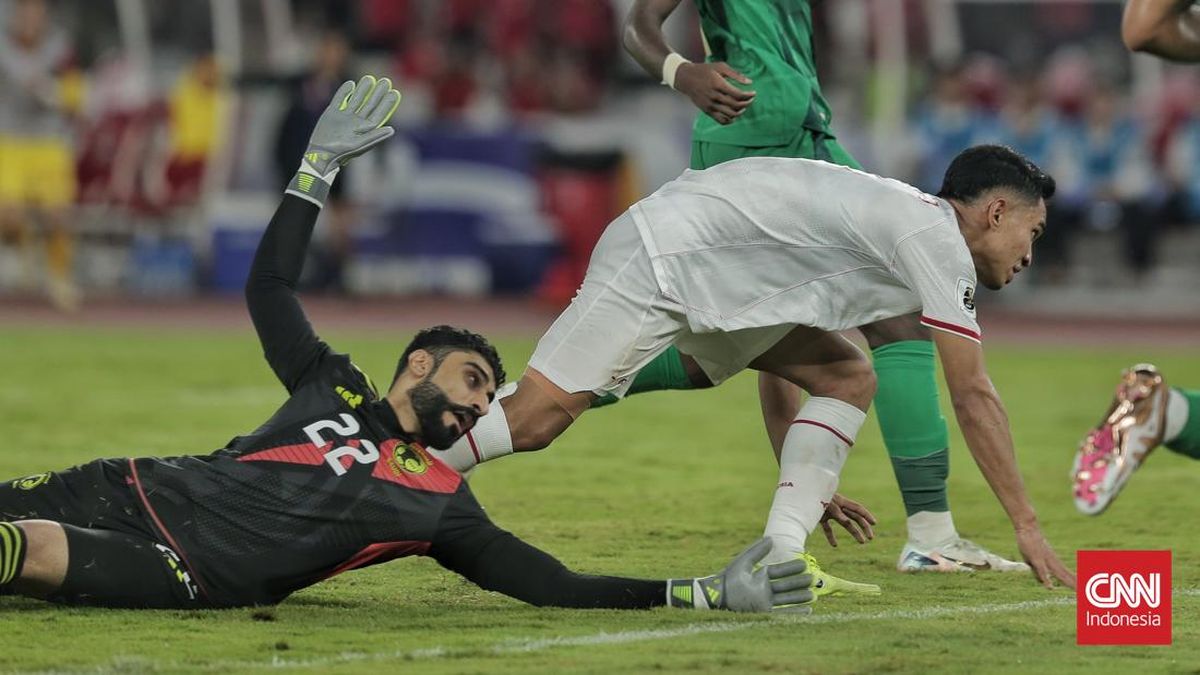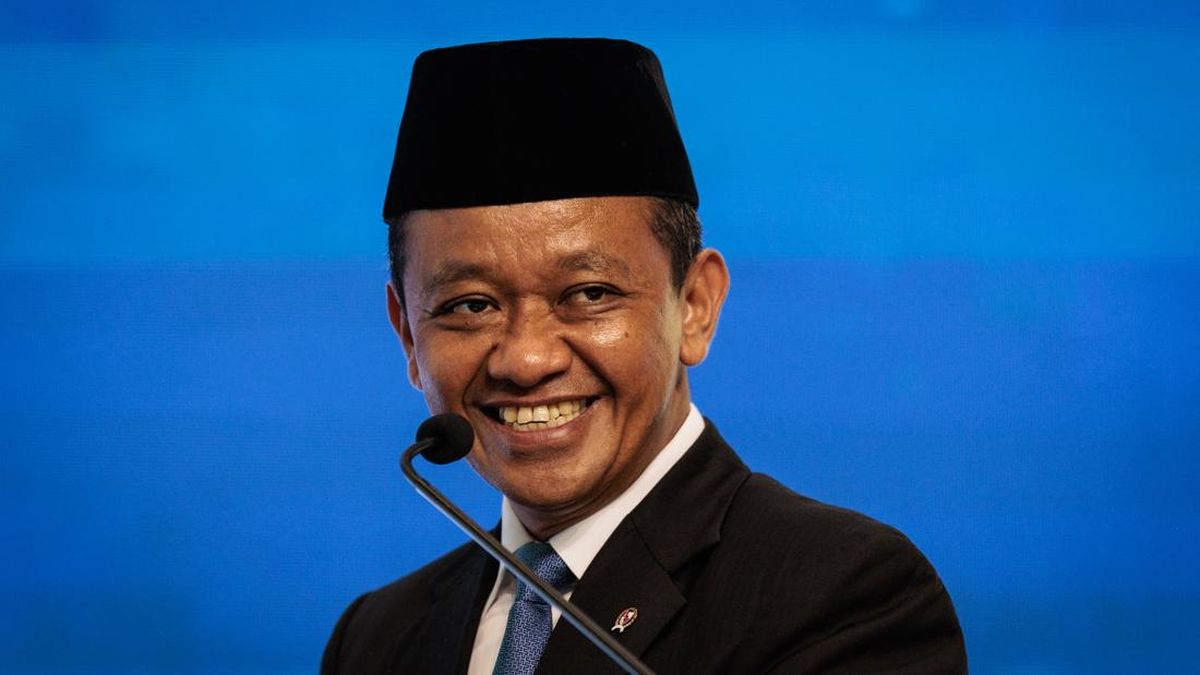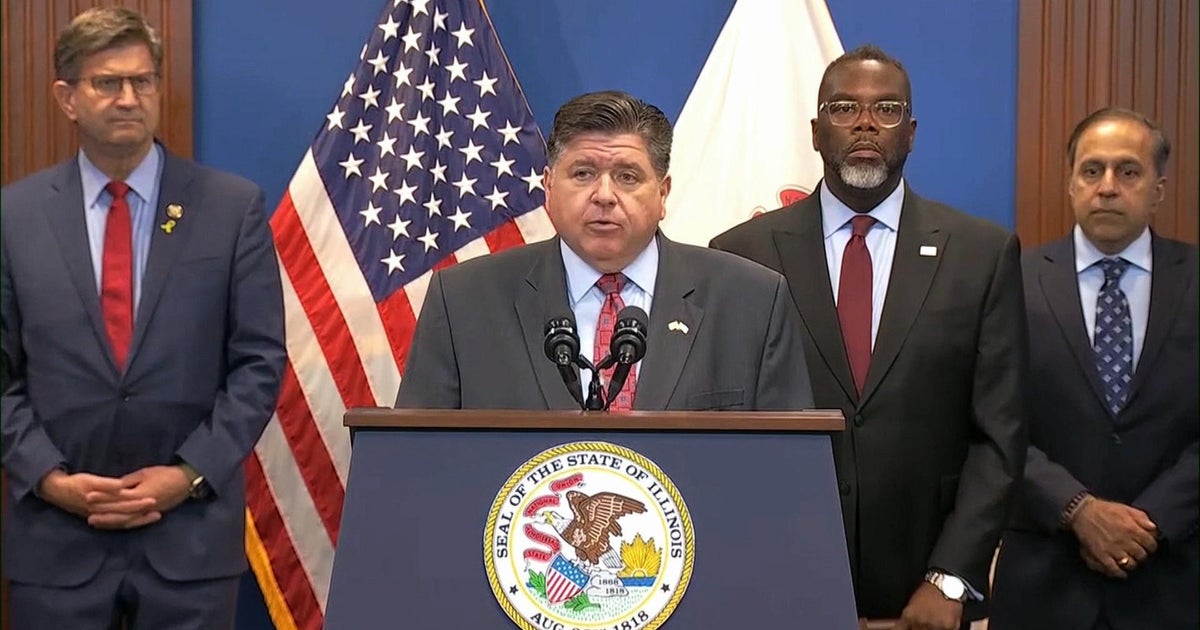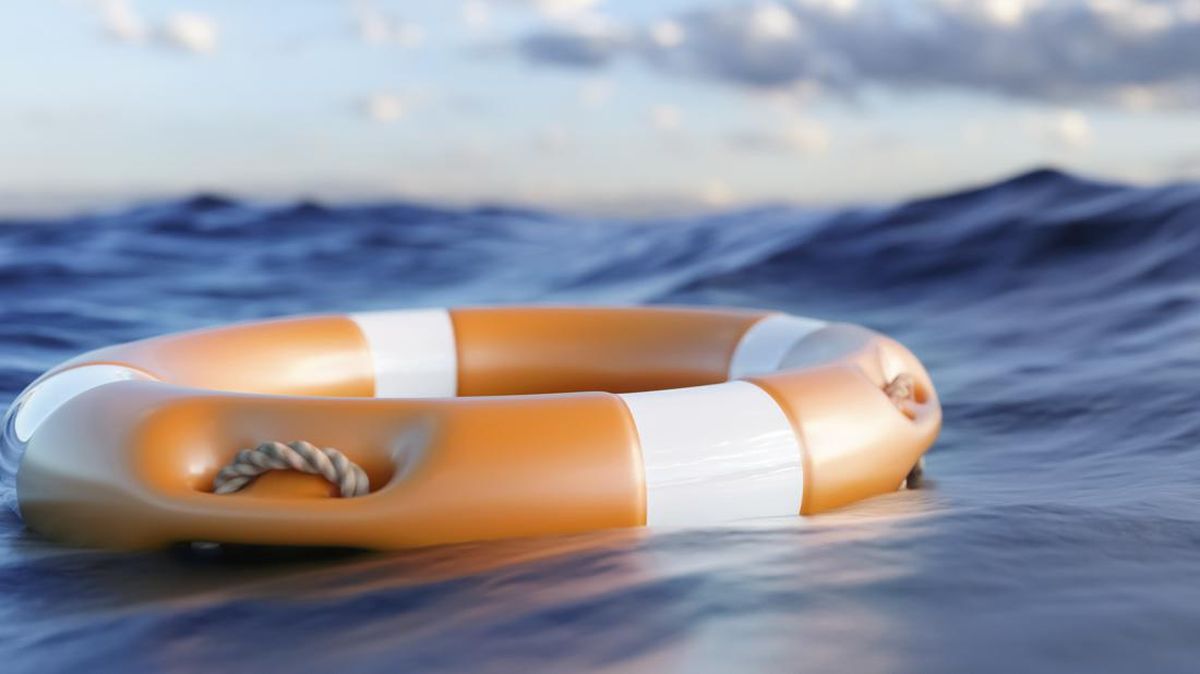Brought to you by BULLS N’ BEARS
By Bill McConnell
October 3, 2025 — 2.37pm
Eclipse Metals is rolling into Greenland with approvals in hand and a drill rig mobilised for an October start at its Grønnedal rare‑earths carbonatite project - a campaign aimed squarely at growing and upgrading the 89.2‑million‑tonne resource anchored by high‑value neodymium‑praseodymium (Nd/Pr).
The mobilisation follows consultation and regulatory sign‑off for a Greenland licence. Eclipse has designed the upcoming program to extend and lift confidence in its existing JORC-compliant estimate.

Loading the diamond drilling rig and support equipment onto a transport barge in Qaqortoq Harbour to be used at Eclipse Metals’ Gronnedal rare‑earths project in Greenland.
The company’s core strategy appears simple: sink more metres into an Nd/Pr‑dominated system in a Western‑aligned jurisdiction with port, roads and camp all within reach.
Today’s update caps a deliberate build‑up.
Eclipse signed its Greenland drilling contract in mid‑September, having secured a key licence renewal to 2027 earlier that month. It has been busy cleaning up boundaries around a nearby military zone and setting a clearer path to an exploitation licence after community and environmental processes.
Earlier this year, the company also banked a $2 million oversubscribed placement, notably at market price, to help fund fieldwork and baseline studies. Combined, all these steps have cleared the path and added momentum as the field season moves from planning to core on the deck.
Grønnedal’s scale is already on the board. In June, Eclipse unveiled a transformational lift to an inferred mineral resource estimate of 89.2Mt at 6363 parts per million (ppm) TREO for 567,600 tonnes of contained rare earth oxides, reported at a 2000ppm cut‑off.
Crucially for downstream demand, about 39 per cent of that TREO sits in magnet rare earth oxides, including roughly 188,900t of Nd/Pr - the alloy workhorses of high‑performance permanent magnets. Mineralisation remains open in all directions and the current envelope is interpreted to cover only a small slice of the broader carbonatite complex.
Adding tonnes now is deliberate. The mineralogy and liberation metrics point to a conventional, Western-proven processing pathway. Independent work by SGS Canada identified coarse-grained synchysite, bastnäsite and monazite as the key hosts and recorded liberation up to about 54 per cent at practical grind sizes. This profile is amenable to conventional flotation and downstream separation flowsheets proven at Mountain Pass in the United States and the Mount Weld rare earths project in the Western Australian goldfields. Factor in reported niobium and yttrium credits, and the case for deeper drilling and domain-based metallurgical composites is clear.
Eclipse’s immediate job is to convert potential into drill bit evidence. This month’s diamond program is set to probe deeper parts of the carbonatite and priority anomalies beneath and beyond the shallow work that framed the initial resource. With port access at Grønnedal/Kangilinnguit and refurbished camp utilities, the program is targeting efficient metre rates and rapid core handling. Eclipse will then feed the results into both resource upgrades and the next round of metallurgy.
Zooming out, the timing is helpful. Western governments are pushing to onshore the mine‑to‑magnets chain as geopolitics turns the screws on critical minerals. In July, Apple committed US$500 million (A$758 million) to US‑made rare earth magnet production through MP Materials in Texas, while the Pentagon took a sizeable equity position to accelerate American magnet capacity, signalling policy‑backed demand for a secure Nd/Pr supply.
Europe is moving to formalise strategic projects under its Critical Raw Materials Act, including third‑country supply partnerships to diversify away from single‑nation risk. Against that backdrop, Greenland has returned to the conversation. It is an allied jurisdiction with deep‑water access, a mining history at Ivigtût and a geological address that caught headlines when Washington mused about the island’s strategic value.
For Eclipse, that macro matters because Grønnedal is weighted to what the magnet market needs in a location aligned with buyers. The licence is secure to 2027 with a mapped permitting path. Drilling is contracted and mobilising and the treasury has been topped up to keep the work program moving. The next catalysts are straightforward: spudding in October, steady updates from the field and the first wave of core‑based metallurgy to test those liberation numbers at bench-scale.
If the metres confirm continuity at depth and keep the Nd/Pr percentages fat, Eclipse will have the ingredients for a resource upgrade and a clearer runway into study work in 2026. For now, the rigs are on the road, the fjord is open and the rare earths narrative is blowing a tailwind up the valley.
Is your ASX-listed company doing something interesting? Contact: [email protected]
Most Viewed in Business
Loading

